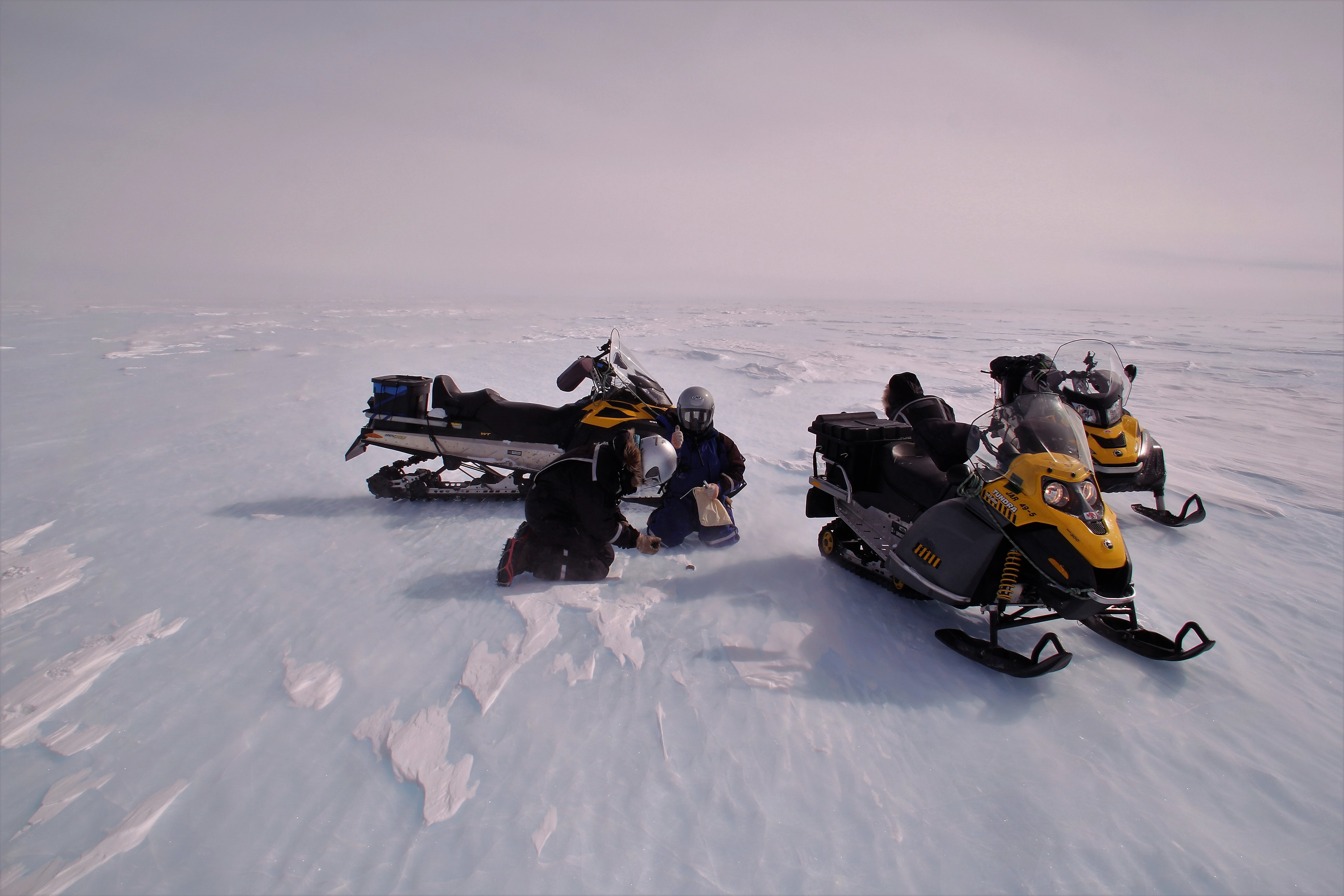A ‘treasure map’ to find meteorites in Antarctica
A Dutch-Belgian team of scientists have used machine learning to create the first-ever ‘treasure map’ that shows where in Antarctica meteorites are likely to be found
Meteorites are samples from space that can be found as stone-like material on the surface of the Earth. Once recovered, meteorites provide crucial information on the formation and evolution of our Solar System. Which in turn is important for research into the origins of our planet, and of life on Earth. The scientists’ new calculations suggest that more than 300,000 meteorites are still present, with enormous scientific potential, but until now they have been difficult to find. "We found several never-visited meteorite-rich areas that are relatively close to research stations," said Stef Lhermitte, who was involved in the study along with assistant professor David Tax from TU Delft.
Eighty percent
A special feature of the study is that this ‘treasure map’ was created using artificial intelligence. The researchers combined different types of observations in a machine learning algorithm and were thus able to identify zones where meteorites can be found with high probability. "Through our analyses, we learned that satellite observations of temperature, ice flow rate, surface cover and geometry are good predictors of the location of meteorite-rich areas," said Veronica Tollenaar, who led the strudy as a master's student at TU Delft and a doctoral student at Université libre de Bruxelles (ULB). We expect the 'treasure map' to be eighty percent accurate. The results of the study are published in Science Advances.
Machine learning
The machine-learning algorithm overlays the different satellite observations, and, more importantly, captures the interplay between these observations, which is essential in predicting whether there are meteorites or not. Veronica Tollenaar: “Antarctica is very remote and many areas have never been visited. Moreover, the reports on the success of previous meteorite recovery missions are often ambiguous and not very detailed, which leads to a lack of good-quality labels. To circumvent this problem, we relied on ‘positive and unlabeled learning’, an emerging field in machine learning.”
The resulting ‘treasure map’ is accessible on the website www.wheretocatchafallingstar.science, where anyone can search the Antarctic continent and explore locations with a high potential to find meteorites.
This interactive website illustrates the story: https://tudelft.pageflow.io/meteorite.
According to Harry Zekollari, who supervised the research at TU Delft and ULB and is currently a postdoctoral scientist at ETH Zurich, the human factor plays a major role in today's meteorite expeditions: “These missions are logistically and financially expensive, and we think our newly developed map will help to increase the success of future missions.”
MORE INFORMATION
Tollenaar, V., Zekollari, H., Lhermitte, S., Tax, D., Debaille, V., Goderis, S., Claeys, P., Pattyn, F. (2022), Unexplored Antarctic meteorite collection sites revealed through machine learning, Science Advances.
Scientists from Delft University of Technology (Netherlands), the Université libre de Bruxelles (Belgium) and the Vrije Universiteit Brussel (Belgium) contributed to this study. The study is part of the BICEPS project (Antarctic blue ice as a porthole to the Solar System and Earth’s changing climate), funded by the Fonds de la Recherche Scientifique (FNRS, PhD fellowship awarded to Veronica Tollenaar).
CONTACT
Assistant Professor Stef Lhermitte: s.lhermitte@tudelft.nl
Veronica Tollenaar: Veronica.Tollenaar@ulb.be
Press officer Pauline Bijster: h.p.bijster@tudelft.nl, 0648421089
